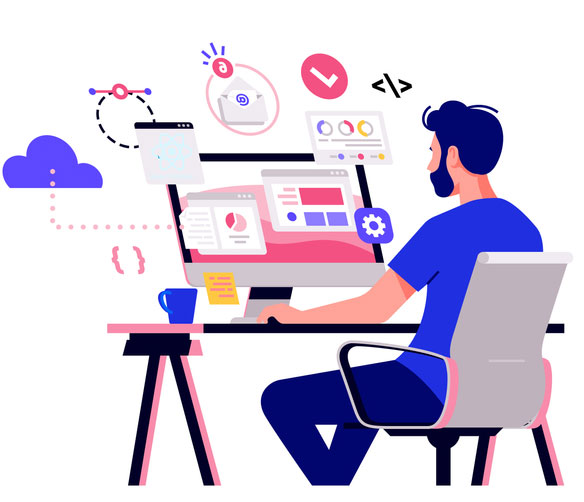VR and AR are two of the most popular and widely discussed tech trends affecting the workplace. The future of VR and AR is promising, offering numerous opportunities for innovation and advancement. The evolution and expansion of immersive technologies are expected to significantly impact various industries and the way people interact with the world. AR and VR have broad applications in various fields such as gaming, entertainment, healthcare, and beyond.
VR and AR Technologies are rapidly transforming our daily lives. This blog will delve into the upcoming trends influencing the future of VR and AR, and their potential for transformative advancements. So, without further ado, let’s get started!


